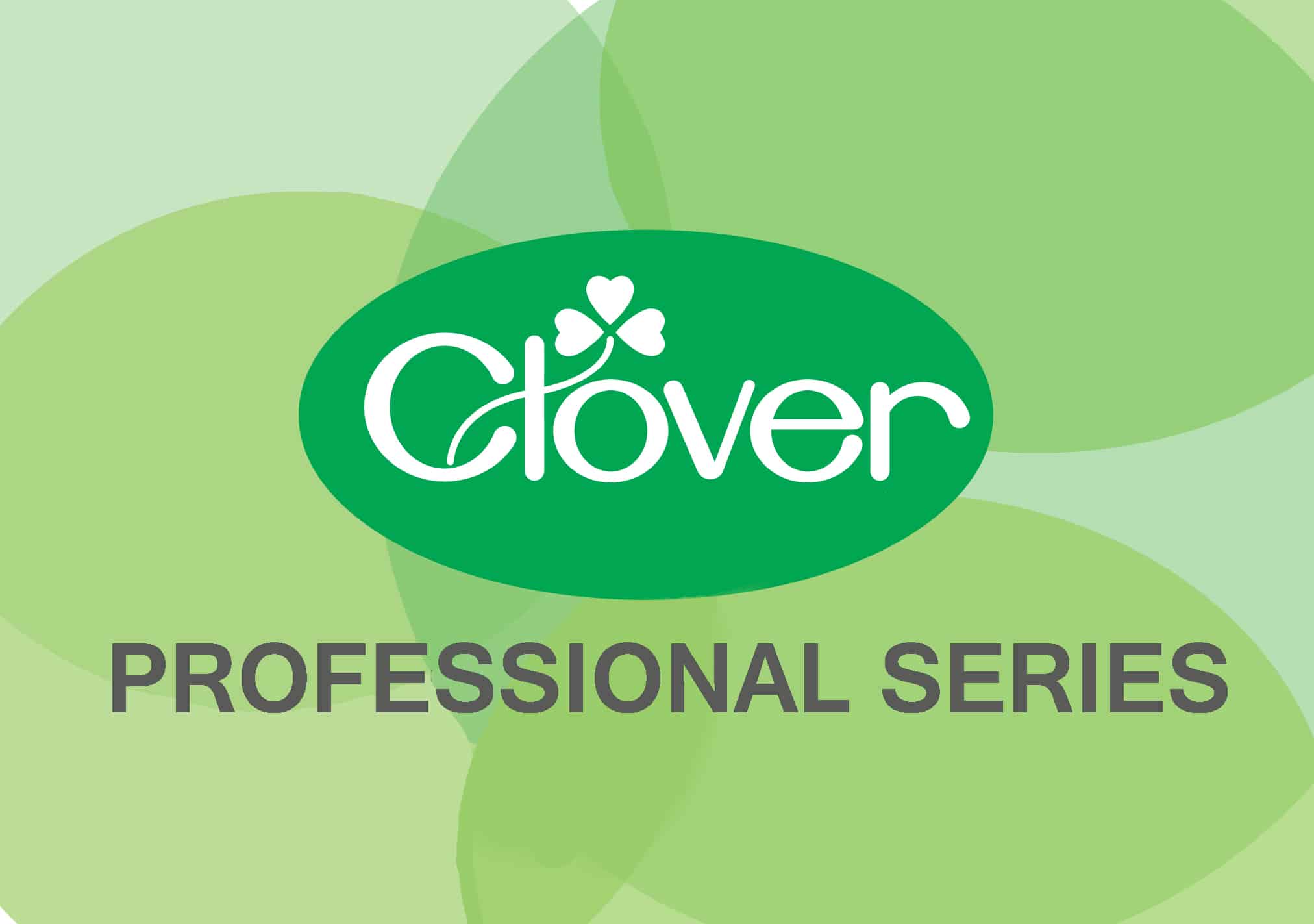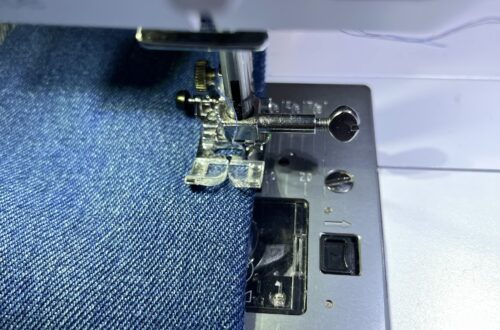Clover Professional Series The 80-20 Rule

By Steve Butler
Competition. We all face it every day and often in an environment of austerity. Time, space and cash flow are all limiting factors. There’s never enough of any of them. One thing is for certain though. Success in terms of business growth absolutely depends on the effective management of each. It’s critical that all of our assets be used to their maximum potential. Failure to do so results in, well, failure. The 80-20 rule has proven to be a very effective management tool that can be used to focus on the most important aspects of our businesses.
In 1906 a young Italian economist name Wilfred Pareto noticed that 80% of the land in Italy belonged to only 20% of the people. Further study of this unequal distribution of wealth resulted in the development of the Pareto Principle. In 1941 Joseph Juran, a noted management consultant, applied that principle to business management practices and it became known as the “80-20 Rule” as we use it today. Basically the rule states that 80% of outcomes are the result of 20% of the causes.
Almost everyone who is in business today will tell you that they get 80% of their business from 20% of their customers. And . . . and nothing. Usually. Mostly we just acknowledge that we get 80% of our business from 20% of our customers and wish we could get the other 80% of the customers on board somehow. And in doing so we fail to use the 80-20 Rule as an effective management tool. Finding the 80/20 ratios that apply to every aspect of our businesses, however, is crucial to maximizing our overall performance. Consider this:
- 80% of sales come from 20% of our inventory
- 80% of sales come from 20% of sales associates
- 80% of sales come from 20% of customers
- 80% of your personal productivity comes from 20% of your invested time
These are not hard and fast rules because every company is different. And even if they weren’t different the ratios still probably wouldn’t be exactly 80/20. But if we look at the key metrics of any company we will notice there is definitely a minority creating a majority. So how can we use the 80-20 Rule to manage our businesses? A few examples.
Inventory – A vitally important issue. It’s the life blood of our business. We all know it has to be managed correctly to be profitable. If 20% of our inventory results in 80% of our sales, what is the other 80% of our inventory doing? It takes a little research to see what’s productive and what isn’t. Often we find that the unproductive 80% falls into two categories. The first is old, dated products. Trends that have come and gone, incomplete lines of fabric or notions that sold so badly that we had to look it up to see if we really ordered it. The other component of the unproductive 80% is just duplicate inventory. How many brands of similar products do you really need? They all consume inventory dollars and they all take up space and there’s an opportunity cost to each. If we do our research well we will probably find that this unproductive 80% is a whole lot of nothing. We’ve overbought on it all. How about the productive 20%, what problems do they pose? Most often we’re under stocked! How do we know? We’re always out. And when we’re out we’re NOT selling!! Both sides of the 80/20 have to be managed closely to improve the PROFITABILITY of our store(s).
Sales Associates – Our staff is where the rubber meets the road. This is where the transaction takes place. And some associates will be better at it than others. The rule applies. 20% of them will produce 80% of our sales. What are the productive 20% doing that the unproductive 80% aren’t. Often it’s either a matter of product knowledge or sales technique. The easy solution is education. If it’s motivation that’s an easy solution too. Reward the productive, say adios to the others.
Customers – It’s true, we get most of our sales from 20% of our customers. So why do we spend so much time worrying about the other 80%? They really aren’t our customers anyway. They will always be looking for discounts and shopping with coupons. Any benefit realized from them will always be marginal. Let them go. You have a gold mine in your productive 20%. Find out who they are and what they want and then find more like them. They represent all of your repeat sales and are your best source of referrals. Develop programs around them. Find more ways to involve them. Improve service to them. Once you’ve maximized that group, then go get the others.
Personal Productivity – This is the key. 20% of our time produces 80% of our gain. The Rule applies. Analyze what you do with the 20% that is so productive and what you do with the 80% of your effort that is not so productive and then make adjustments. If you take a close look a how you invest your time you will be able to identify the less productive things that can be put on the shelf or diverted to another provider and use the resulting time for better purposes. Simply put, work hardest on the elements of your business that work hardest for you.
The key principle to remember is that the 80-20 Rule is a continuing process. The value of the principle is that it reminds us to focus not only on the 20% that drives our sales, but to also manage the other 80 % more effectively.
After reading this, 20% of you will apply the 80-20 Rule in some fashion to your businesses and will realize growth. The other 80% will probably just think it’s a clever idea. After all, the Rule applies here too. For those who do embrace this concept with enthusiasm, here’s a teaser. The 80-20 Rule is exponential.
Share your projects with us on Facebook | Twitter | Instagram | Pinterest.
Watch our video here:



